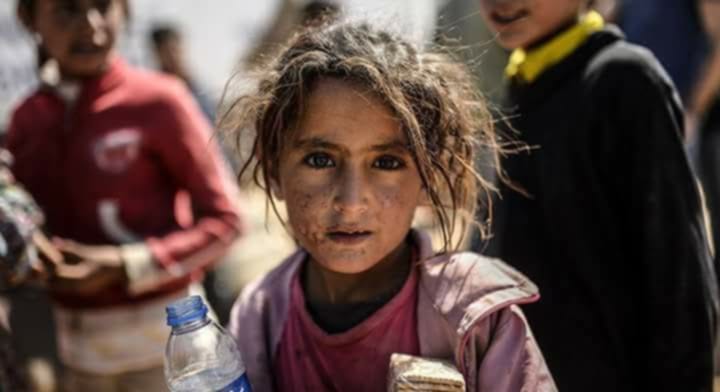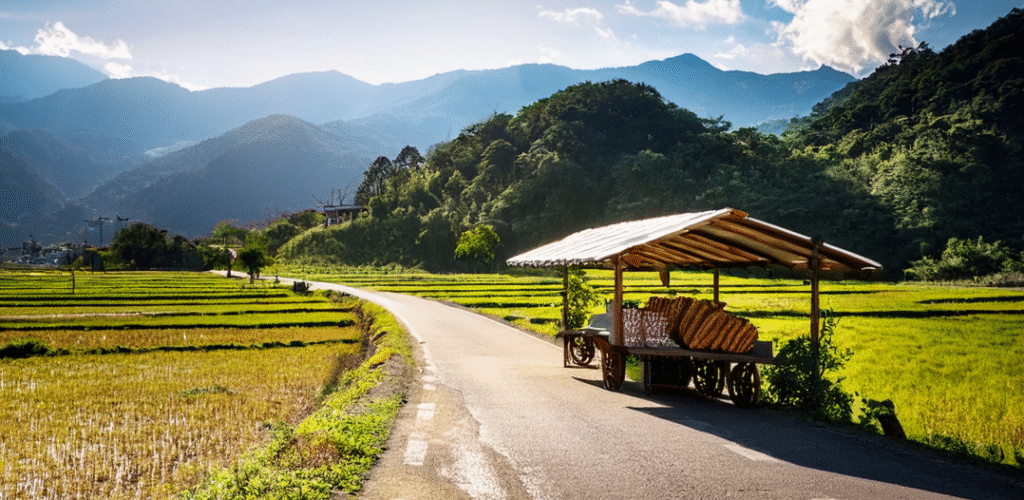Iran, historically known as Persia, is a land of profound cultural depth and historical significance. Situated at the crossroads of the Middle East and Central Asia, Iran has been a cradle of civilization for over 2,500 years. Its culture is a vibrant mosaic woven from ancient traditions, Islamic heritage, ethnic diversity, and modern influences. The Iranian people, known for their hospitality, resilience, and intellectual legacy, continue to shape a society that bridges the past and the present in remarkable ways.
Historical Foundations of Iranian Culture
Iran’s cultural identity is deeply rooted in its ancient history. The Persian Empire, founded by Cyrus the Great in the 6th century BCE, was one of the most powerful and enlightened civilizations of the ancient world. It introduced concepts of governance, human rights (as seen in the Cyrus Cylinder), and architectural grandeur that influenced neighboring regions for centuries.
The Achaemenid, Parthian, and Sassanian empires each contributed to the development of Persian art, literature, and philosophy. Zoroastrianism, the pre-Islamic religion of Iran, emphasized dualism, moral choice, and the eternal struggle between good and evil—concepts that continue to echo in Iranian thought and literature.
With the Arab conquest in the 7th century CE, Islam became the dominant religion, and Persian culture underwent a profound transformation. However, rather than being subsumed, Persian identity adapted and flourished within the Islamic world. Iran became a center of Islamic scholarship, poetry, and science, producing luminaries such as Avicenna (Ibn Sina), Rumi, and Omar Khayyam.
Language and Literature
The official language of Iran is Persian (Farsi), a language of poetic elegance and historical continuity. Persian literature is one of the richest in the world, with a tradition that spans over a millennium. Classical poets like Ferdowsi, Hafez, Saadi, and Rumi are revered not only in Iran but globally, their works exploring themes of love, mysticism, morality, and the human condition.
Ferdowsi’s Shahnameh (Book of Kings), an epic poem written in the 10th century, is a cornerstone of Iranian identity. It preserves pre-Islamic myths and legends and reinforces a sense of national pride and cultural continuity.
Modern Iranian literature, especially in the 20th and 21st centuries, has grappled with themes of identity, exile, revolution, and modernity. Writers like Sadegh Hedayat and Simin Daneshvar have explored the complexities of Iranian society through fiction that resonates with both local and global audiences.
Religion and Spirituality
Iran is an Islamic republic, and the majority of its population adheres to Twelver Shi’a Islam, which plays a central role in both public and private life. Shi’ism distinguishes Iran from many of its Sunni-majority neighbors and has shaped its religious rituals, political structures, and cultural expressions.
Religious observances such as Muharram and Ashura, which commemorate the martyrdom of Imam Hussein, are marked by public mourning, processions, and theatrical reenactments. These events are not only religious but also deeply cultural, reinforcing themes of sacrifice, justice, and resistance.
Despite the dominance of Shi’a Islam, Iran is home to religious minorities, including Sunni Muslims, Christians, Jews, Zoroastrians, and Baha’is. While these groups face varying degrees of restriction, their historical presence contributes to Iran’s religious and cultural diversity.
Art, Architecture, and Aesthetics
Iranian art is renowned for its intricate beauty and symbolic depth. From the geometric patterns of Islamic architecture to the delicate brushwork of miniature painting, Iranian aesthetics reflect a deep appreciation for harmony, symmetry, and spiritual meaning.
Persian carpets are perhaps the most iconic symbol of Iranian craftsmanship. Each region of Iran has its own weaving style, color palette, and motifs, often passed down through generations. These carpets are not only functional but also artistic expressions of cultural identity.
Iranian architecture, both ancient and Islamic, is equally impressive. The ruins of Persepolis, the domes and minarets of Isfahan, and the gardens of Shiraz showcase a blend of grandeur and grace. The use of calligraphy, tilework, and muqarnas (ornamental vaulting) in mosques and palaces exemplifies the fusion of art and spirituality.
Music and Performing Arts
Traditional Iranian music is deeply emotive and often improvisational, built around modal systems known as dastgah. Instruments like the tar, setar, santur, and kamancheh produce haunting melodies that accompany poetry and storytelling.
Despite restrictions on public performances, especially for female artists, music remains a vital part of Iranian culture. Underground and diaspora musicians have found creative ways to express themselves, blending traditional sounds with contemporary genres like rock, hip-hop, and electronic music.
Theater and cinema also play significant roles in Iranian cultural life. Iranian cinema, in particular, has gained international acclaim for its poetic realism and humanistic themes. Directors like Abbas Kiarostami, Asghar Farhadi, and Jafar Panahi have won prestigious awards and brought global attention to Iranian storytelling.
Social Structure and Family Life
Iranian society is traditionally family-oriented, with strong bonds between extended family members. Respect for elders, hospitality, and community solidarity are core values. Social gatherings often revolve around shared meals, poetry readings, and storytelling.
Hospitality is a hallmark of Iranian culture. Guests are treated with great honor, and the concept of ta’arof—a form of polite social negotiation—governs many interactions. While it can be confusing to outsiders, ta’arof reflects a deep cultural emphasis on humility, generosity, and social harmony.
Gender roles in Iran are shaped by both tradition and modernity. Women have made significant strides in education, professional life, and the arts, despite facing legal and social restrictions. Iranian women are among the most educated in the region, and their activism continues to shape the country’s social landscape.
Cuisine and Culinary Traditions
Iranian cuisine is a celebration of flavor, color, and balance. It reflects the country’s diverse geography and cultural influences, combining herbs, fruits, nuts, and spices in harmonious ways.
Staple dishes include chelow kebab (rice with grilled meat), ghormeh sabzi (herb stew), fesenjan (pomegranate and walnut stew), and ash reshteh (noodle soup). Rice, often prepared with saffron and barberries, is a central component of many meals.
Meals are often communal and leisurely, emphasizing the importance of togetherness. Tea is a cultural institution, served throughout the day and often accompanied by sweets or dried fruits.
Contemporary Culture and Global Influence
Modern Iran is a society of contrasts and complexities. While the state imposes certain cultural and religious norms, Iranian people—especially the youth—navigate these boundaries with creativity and resilience. Social media, fashion, and art have become platforms for self-expression and subtle resistance.
Iran’s diaspora, spread across Europe, North America, and beyond, plays a significant role in shaping global perceptions of Iranian culture. Expatriate artists, writers, and intellectuals contribute to a transnational Iranian identity that bridges homeland and host cultures.
Despite political tensions, cultural diplomacy continues through literature, cinema, and academic exchange. Iranian culture, with its emphasis on poetry, philosophy, and aesthetics, offers a counter-narrative to stereotypes and fosters cross-cultural understanding.
Conclusion
The culture and people of Iran embody a rich and enduring legacy that continues to evolve in the face of change. From the ancient splendor of Persepolis to the vibrant streets of Tehran, Iran is a land where history and modernity coexist in dynamic tension.
Its people, shaped by centuries of conquest, creativity, and contemplation, remain deeply connected to their cultural roots while engaging with the challenges and opportunities of the present. Whether through poetry, music, cuisine, or conversation, Iranian culture invites the world to see beyond headlines and discover the beauty, complexity, and humanity of a remarkable nation.

